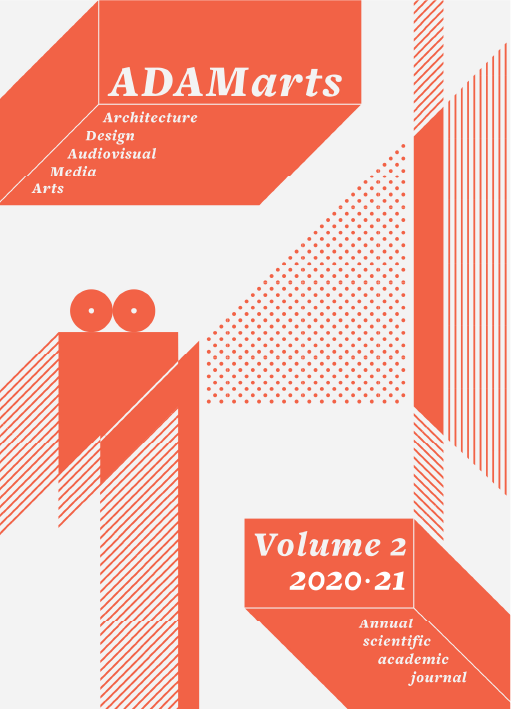Critical Architecture: The Totaltheater by Gropius and the Museum of Infinite Growth by Le Corbusier
Keywords:
critical architecture, critical theory, function, form, Walter Gropius, Le Corbusier, museum, theaterAbstract
Early modern architecture has not only reinvented formal vocabulary but also challenged lifestyles and building types. A critical attitude towards functional agendas has emerged, as incorporated in the design occasionally. Yet breaking with the given formulas of function has remained an overlooked right, as architecture discourse has predominantly focused on creating a form for a given function, rendering criticism a blurred tool for design. Critical Theory, starting with the Frankfurt School, has focused on the concept of criticism as a methodology and provided a framework for how the inquiry may achieve human emancipation: by explaining the restrictive structural conditions, providing a practical solution, and setting up a normative perspective. The unrealized projects of the Totaltheater and the Museum of Infinite Growth by modern pioneers Gropius and Le Corbusier, based on critical assessments of the existing functions for their respective building types, transformed their criticism into a design concept and proposed a reinterpretation of what kind of experience a theater and museum should offer. Their main spatial properties, namely the radical shapeshifting, the totality of their interiors, and the anti-hierarchical understanding, enabled them to provide space for alternative content: avantgarde drama in the Totaltheater and contemporary artifacts in the Museum of Infinite Growth. They can be seen as examples of critical architecture, in the sense that the form itself acts as a self-reflection of the function in addition to fulfilling it.



